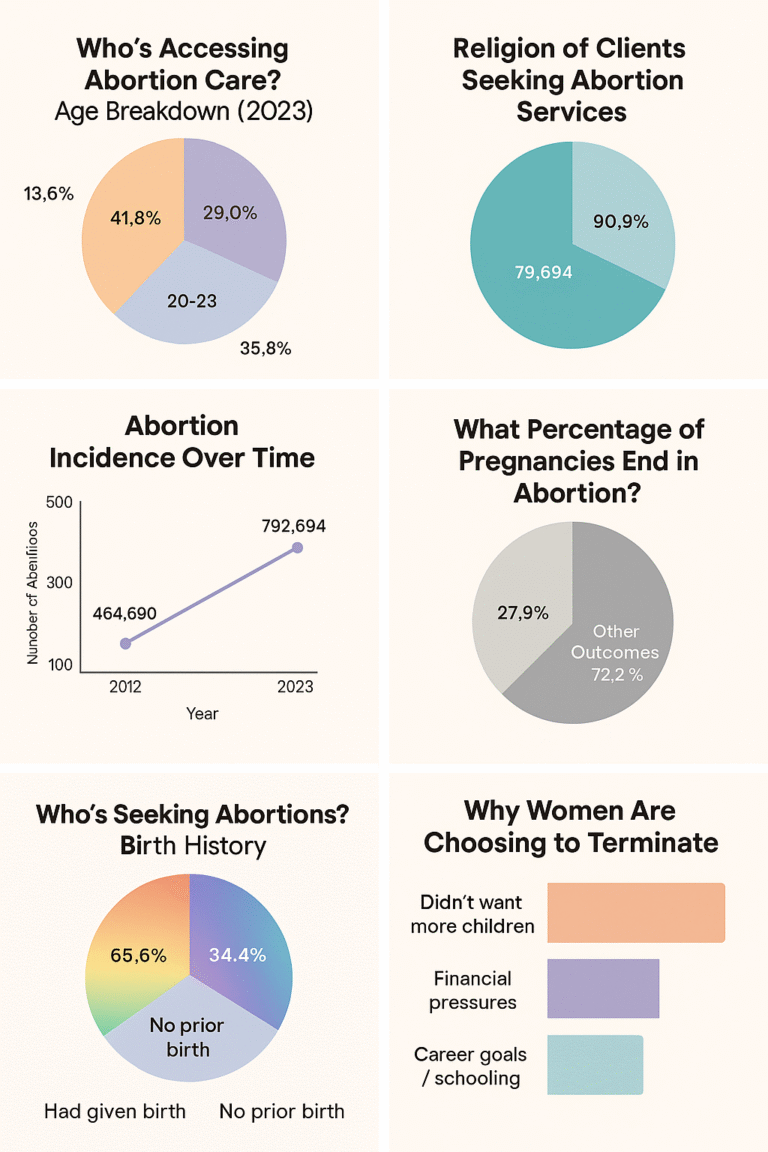Mental health focus- Suicide
Words are powerful. They can cut and kill or they can love and heal. That is the reason we should consider the language we use when we talk about suicide. The World Suicide Prevention Day (WSPD) will be commemorated tomorrow amid rising cases of suicide rates in Kenya. The importance of public education about suicide cannot be overstated. It is critical for raising awareness of risk in vulnerable populations, encouraging help-seeking, and advocating for new interventions and prevention strategies for those at risk. If we do not change our attitude to mental health issues and suicide, the stigma will make people suffer in silence and ultimately result in more death and suffering.Here are some of the most common myths and facts about suicide.
Myth: Suicide only affects individuals with a mental health condition. Fact: Many individuals with mental illness are not affected by suicidal thoughts and not all people who attempt or die by suicide have mental illness. Relationship problems and other life stressors such as criminal/legal matters, persecution, eviction/loss of home, death of a loved one, a devastating or debilitating illness, trauma, sexual abuse, rejection, and recent or impending crises are also associated with suicidal thoughts and attempts.
Myth: Once an individual is suicidal, he or she will always remain suicidal. Fact: Active suicidal ideation is often short-term and situation-specific. Studies have shown that approximately 54% of individuals who have died by suicide did not have a diagnosable mental health disorder. And for those with mental illness, the proper treatment can help to reduce symptoms. The act of suicide is often an attempt to control deep, painful emotions and thoughts an individual is experiencing. Once these thoughts dissipate, so will the suicidal ideation. While suicidal thoughts can return, they are not permanent. An individual with suicidal thoughts and attempts can live a long, successful life.
Myth: Most suicides happen suddenly without warning. Fact: Warning signs—verbally or behaviorally—precede most suicides. Therefore, it’s important to learn and understand the warnings signs associated with suicide. Many individuals who are suicidal may only show warning signs to those closest to them. These loved ones may not recognize what’s going on, which is how it may seem like the suicide was sudden or without warning.
Myth: People who die by suicide are selfish and take the easy way out. Fact: Typically, people do not die by suicide because they do not want to live—people die by suicide because they want to end their suffering. These individuals are suffering so deeply that they feel helpless and hopeless. Individuals who experience suicidal ideations do not do so by choice. They are not simply, “thinking of themselves,” but rather they are going through a very serious mental health symptom due to either mental illness or a difficult life situation.
Myth: Talking about suicide will lead to and encourage suicide. Fact: There is a widespread stigma associated with suicide and as a result, many people are afraid to speak about it. Talking about suicide not only reduces the stigma, but also allows individuals to seek help, rethink their opinions and share their story with others. We all need to talk more about suicide. Debunking these common myths about suicide can hopefully allow individuals to look at suicide from a different angle—one of understanding and compassion for an individual who is internally struggling. Maybe they are struggling with a mental illness or maybe they are under extreme pressure and do not have healthy coping skills or a strong support system. As a society, we should not be afraid to speak up about suicide, to speak up about mental illness or to seek out treatment for an individual who is in need. Eliminating the stigma starts by understanding why suicide occurs and advocating for mental health awareness within our communities.We need to approach issues of mental health and suicide from a place of compassion that also focuses on the well-being of the person who is facing those struggles. We should not have to wait for certain prescribed days or the death of celebrities to have discussions on these issues. And we also should not restrict these conversations to online platforms. In every part of our community or families – we need to create platforms where we can have frank conversations about these things. We need to constantly challenge our perceptions and the language we use when talking about mental health and suicide. Only then will we help eradicate the stigma surrounding these issues and make it easier for people to seek help or to open up when we check in with them.



